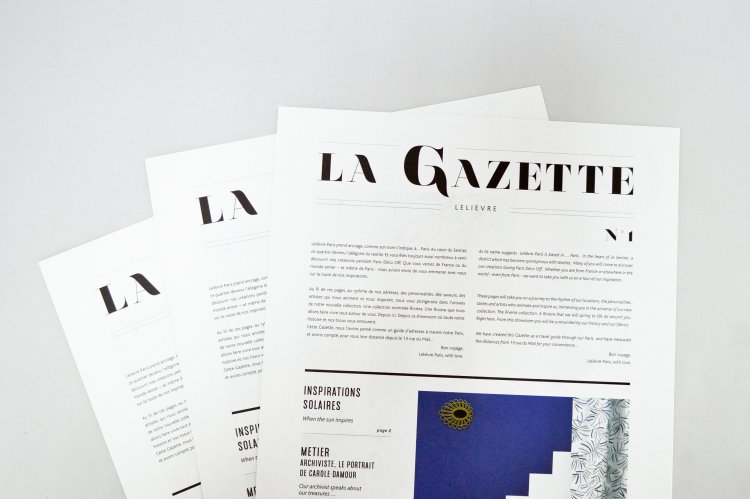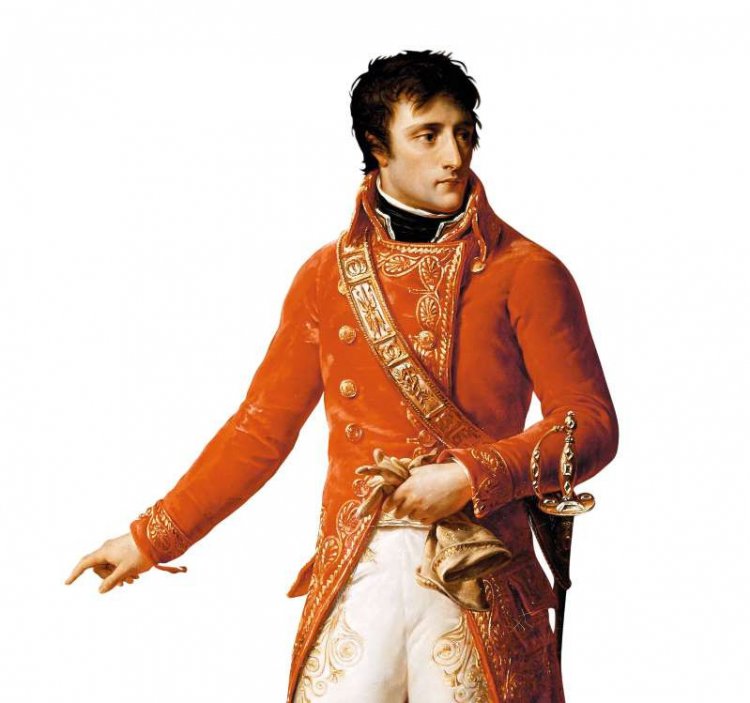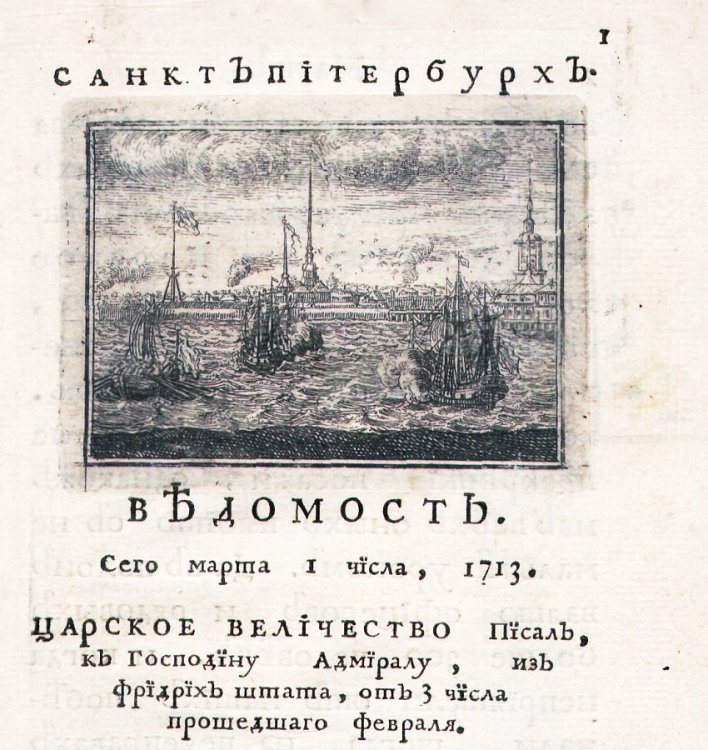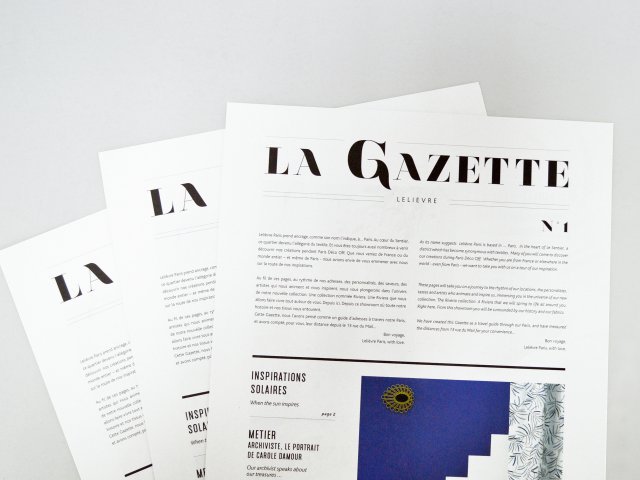You don’t necessarily have to run to the nearest newspaper stand to get the latest news from all over the world. But it wasn’t always like this. Newspapers were a mass source of news for a long time. Now they are increasingly niche players, and the latest issue of a newspaper may soon become a work of art, similar to a stage performance.
Why did newspapers come to exist?
Let’s start from the word itself. This is why: In the 14th century, there were news sheets in Venice which people bought with Gazzetta coins. Hence the word gazette.
Historians still argue where the first newspapers were born. However, one of the first newspapers resembling modern printed periodical publications is well researched. It has French roots: the name – La Gazette, and the founder – Cardinal Richelieu. Having taken the office of the Chief Minister of France in 1624, he started thinking about the ways to influence public opinion. La Gazette was founded for that purpose as a socio-political periodical publication, with Théophraste Renaudot as its editor.
The first issue came out on May 30, 1631. La Gazette was a weekly four-page paper. The first issue mainly contained news (that were mostly 2-weeks old) from Rome, Prague, and Constantinople. The paper covered topics such as trade, military conquests, court life, and diplomatic affairs.
The circulation of the first French newspaper initially did not exceed 1,200 copies, with continuous numbering of issues, and Recueil des Gazettes (“La Gazette Collection”) issued at the end of each year.
Renaudot's texts were arresting and concise. The King himself was among the readers of La Gazette and liked the literary style; he even introduced a fee for the editor’s journalistic work. Naturally, the newspaper was the mouthpiece of the government and mirrored the cardinal’s stance. Richelieu himself would often adjust the tone and the spin of articles.
Richelieu achieved his goal. The state gained complete monopoly on information. This, by the way, went on for rather a long time; newspapers were weaponized under Napoleon as well. He also created printed publications and disseminated them in conquered areas. This didn’t quite succeed in Russia though: the population was barely literate while the newspapers were bright-colored and printed on dense paper. So the people used them as wallpaper for interior decoration instead. That enraged the Emperor.
“Four newspapers can cause more harm to the enemy than an army of one hundred thousand people”. Napoleon
Petrine Russian Press
Russia had its first newspapers a bit later. The first handwritten papers were called news letters, and later – Kuranty(Gazette). An issue of the Kuranty of 1621 survived, which mostly contained foreign news items translated into Russian. The Tsar would read the newspapers, receiving them after their translation and copying by hand. The population was mostly illiterate, therefore the pages only circulated within the palace.
The first printed publication was Peter the Great's Vedomosti, founded in 1702, a year before Russia’s northern capital.Under Peter I, newspapers became more accessible, their circulation going up to 2,000 copies. The circulation often depended on the importance of the event covered. For example, as many as 2,500 copies were printed following the victory at Poltava in 1707 .
The Emperor was personally involved in preparing the issue for publication: he wrote and selected important news, and edited articles. He was keen to spread the word about the triumphs of the Russian army. The first papers were national socio-political publications.
Gazeta Vedomosti
Let’s look into the publication.
Typical topics for an issue:
- news of events having national significance,
- Russia’s role and place in the world,
- Russia’s international relations,
- military action outcomes,
- industry,
- education.
Section 1. Defense and Weapons The issue starts with a description of defensive weapons: “In Moscow, 400 new copper cannons, howitzers, and mortars have been cast. The cannons are for 24-, 18-, and 13-pound cannonballs. The howitzers use pood (16.8 kg) and semi-pood bombs. The mortars are for 9, 3, 2 pood and smaller bombs.” Section 2. Education and Enlightenment According to the newspaper, education is another vital issue in the country: philosophy and dialectics being among priority needs. “At His Majesty’s command, schools in Moscow are multiplying, and 45 persons are studying philosophy and have finished dialectics.” Section 3. Training in Mathematics The third topic is mathematics and training for navigators: “There are over three hundred men studying and doing well at the mathematical navigation school.” Section 4. Demographic Factor Here, the newspaper moves to the population issue: “In Moscow, 386 male and female babies were born between November 24 and December 24.” Section 5. Foreign Policy Concerns Foreign policy also found its place among the priorities of the state. The closing section covered Russia’s borders and relationships with neighbors: “News from Olonets: “Ivan Okulov, a priest in the town of Olonets, having gathered about a thousand unmounted volunteers, went across the Swedish border and crashed the Rugozen, Hippon, Sumeri, and Kerisyrjä frontier posts...” And the date: “Moscow, January 2nd, 1703.”
Photo on the main page: Yandex.Zen
Photo on the page: Behance
























